JOINT MULTINATIONAL READINESS CENTER, Germany - The scenario starts with members from the 2nd / 1st Battalion, Royal New Zealand Infantry Regiment driving into a small village located on the outskirts of the Joint Multinational Readiness Center near Hohenfels, Germany. A helicopter circles the tiny village as the Soldiers move to the local police station to speak with the police chief. During the meeting a member of the community enters the station with information. The citizen informs the soldiers that there's a hostile enemy located in a building across the village. The soldiers act, setting up a cordon of the village, keeping anyone from entering or leaving the area, and then they begin a search of the small town. A small team moves to the building and surrounds it. Then, with the order to go, they move in and assault the building. A fire fight ensues. Loud pops of gunfire echo through the town. After a short time, the enemy is subdued and the soldiers have completed their mission, they've captured their high value target.
While this may sound like a very real scenario, it isn't. The village, while appearing to be very authentic, is a fake. The small village has been built at JMRC to help train Soldiers in counter-insurgency tactics and drills in a realistic environment.
During the scenario the unit had the opportunity to use a simulated medical evacuation with a real helicopter. The team threw smoke as the Huey helicopter moved into the evacuation site. The smoke coiled around the blades of the chopper as it came in for a landing. Then, with a brisk movement, the Huey took off and the unit continued on.
Interoperability, or the ability of coalition forces to train and operate effectively together, is the main reason for coming here during this multinational training event, said New Zealand Army 2nd Lt. Tane D. North. "It's a good chance for each nation to offer their experiences and views."
The New Zealand Soldiers, out of Burnham, New Zealand, are at JMRC training along side coalition nations during Cooperative Spirit 2008, a multinational Combat Training Center rotation intended to test the interoperability of American, British, Canadian, Australian and New Zealand armies (ABCA).
The New Zealand Army has the skill and the knowledge of being deployed in multiple regions around the world, said Lieutenant North.
Taking part in Cooperative Spirit 2008 is "a great opportunity for us to share where we've been and what we've done," he added.
The Soldiers are being coached and mentored by JMRC observer/ controllers, or OCs, while they partake in the training missions. It's the job of the OC to ensure that all training is conducted safely and that the Soldiers receive the feedback necessary to enhance their skills.
"I wish I could work with them longer," North said of the U.S. Army's OCs. "They've provided us with some excellent, accurate and awesome feedback."
Throughout the cordon and search scenario, the OCs gave the battalion various challenges, such as using a sniper in the wood lines and placing the high value target outside the initial cordon line in a building outside the city. The unit reacted accordingly and was able to complete the scenario with success.
The New Zealand Army benefited from using the JMRC training facilities, that have a more realistic touch than the training facilities located in New Zealand, said North.
"When it comes to the training we've been receiving here, the only way you can improve it is by making it longer," said Lieutenant North. "The benefits have been amazing."
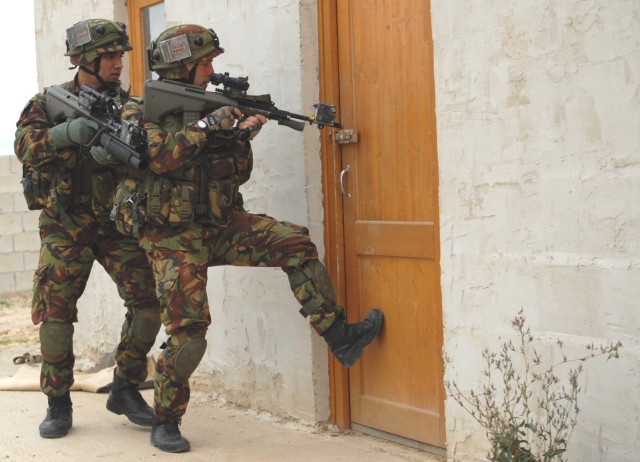

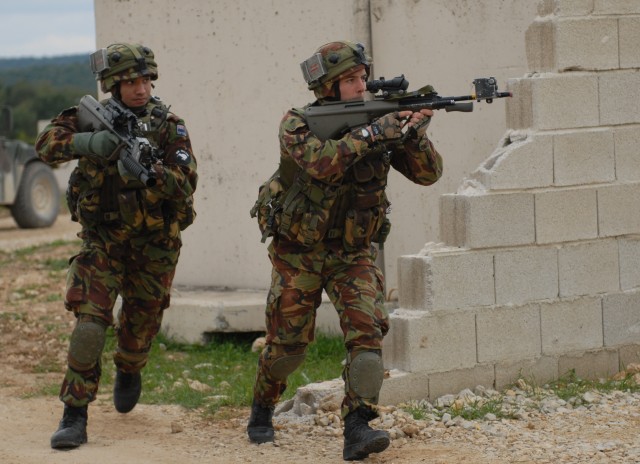
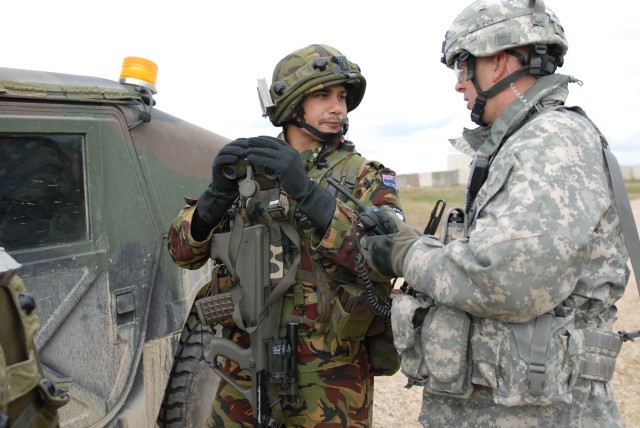

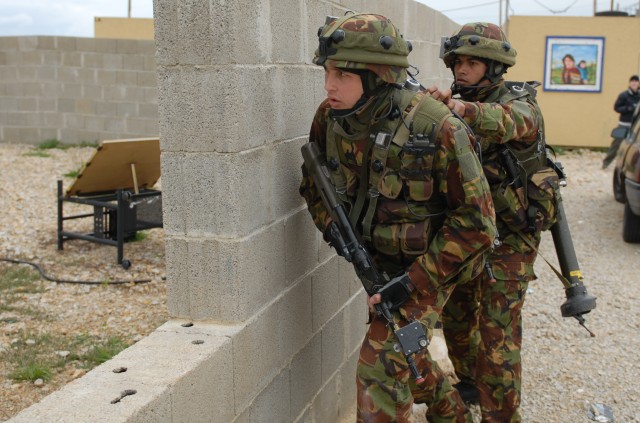
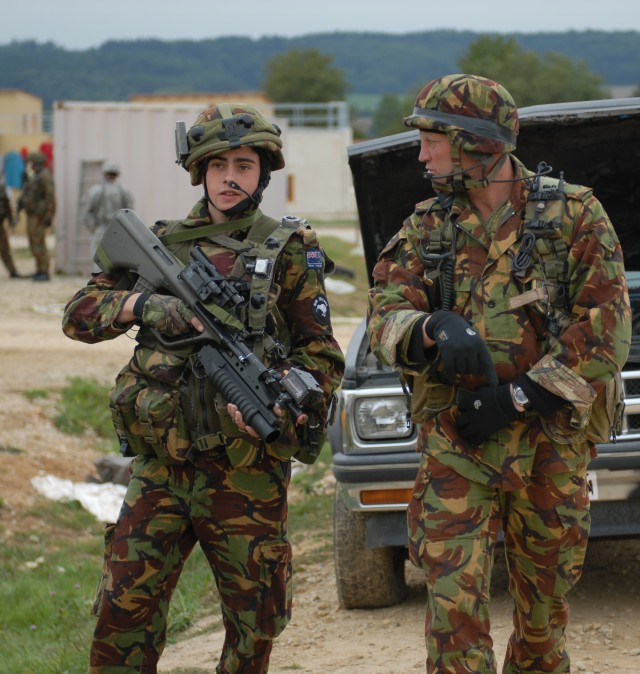
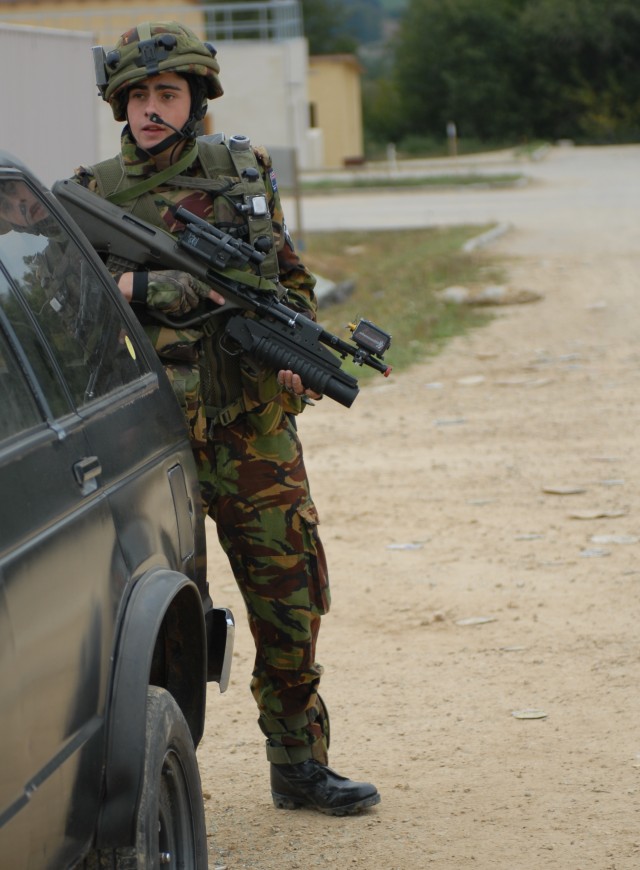


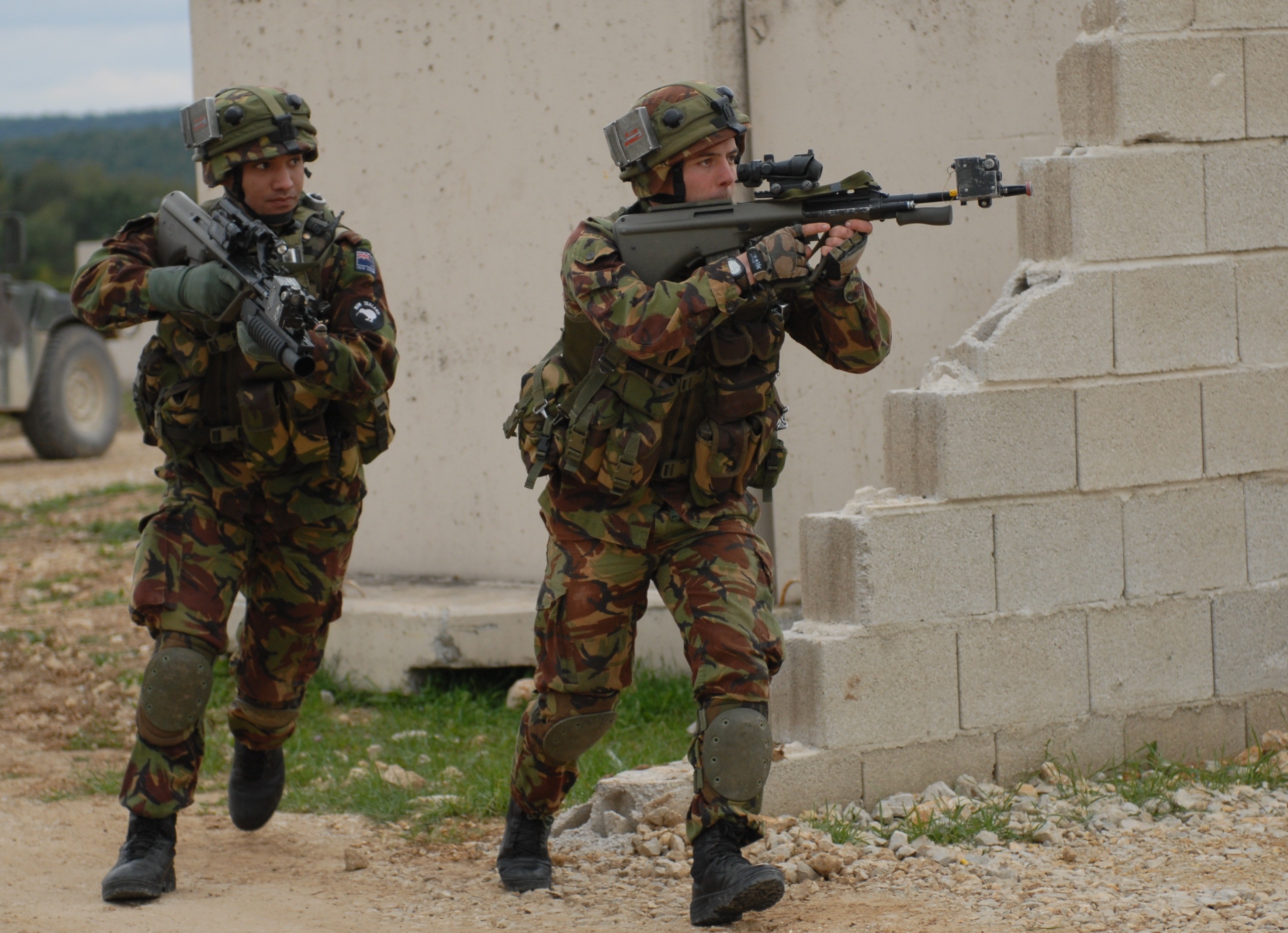

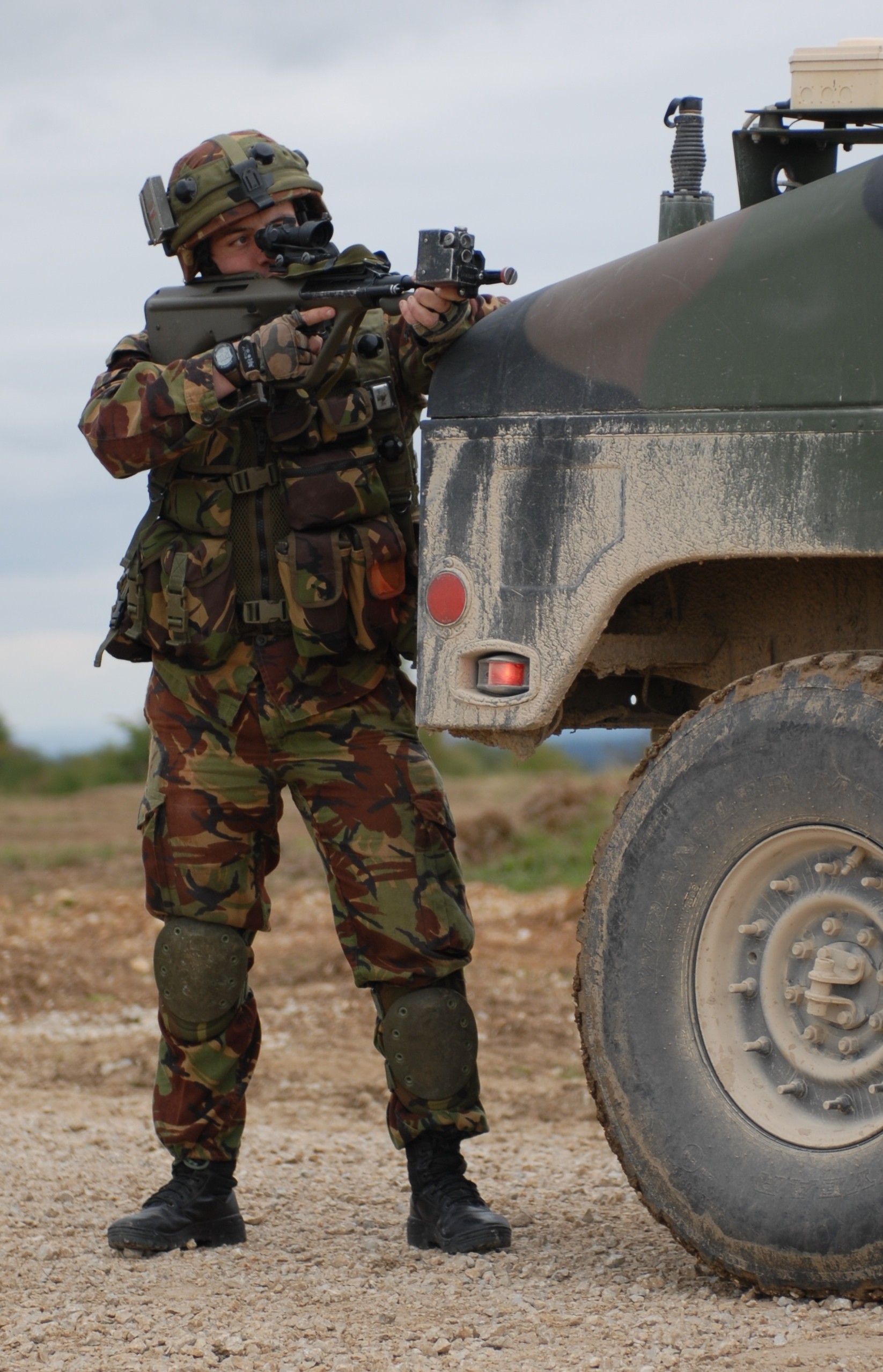
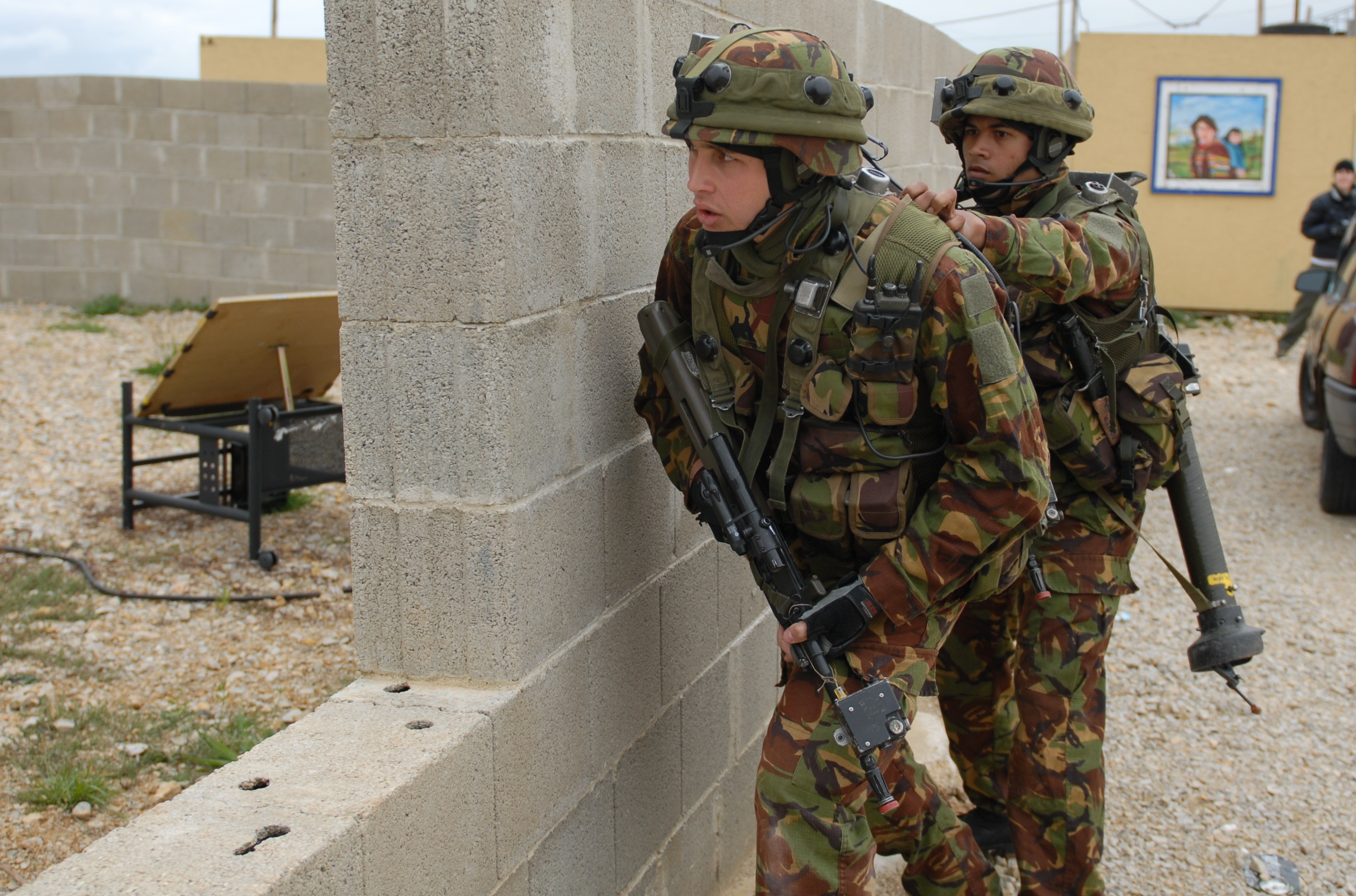


Social Sharing